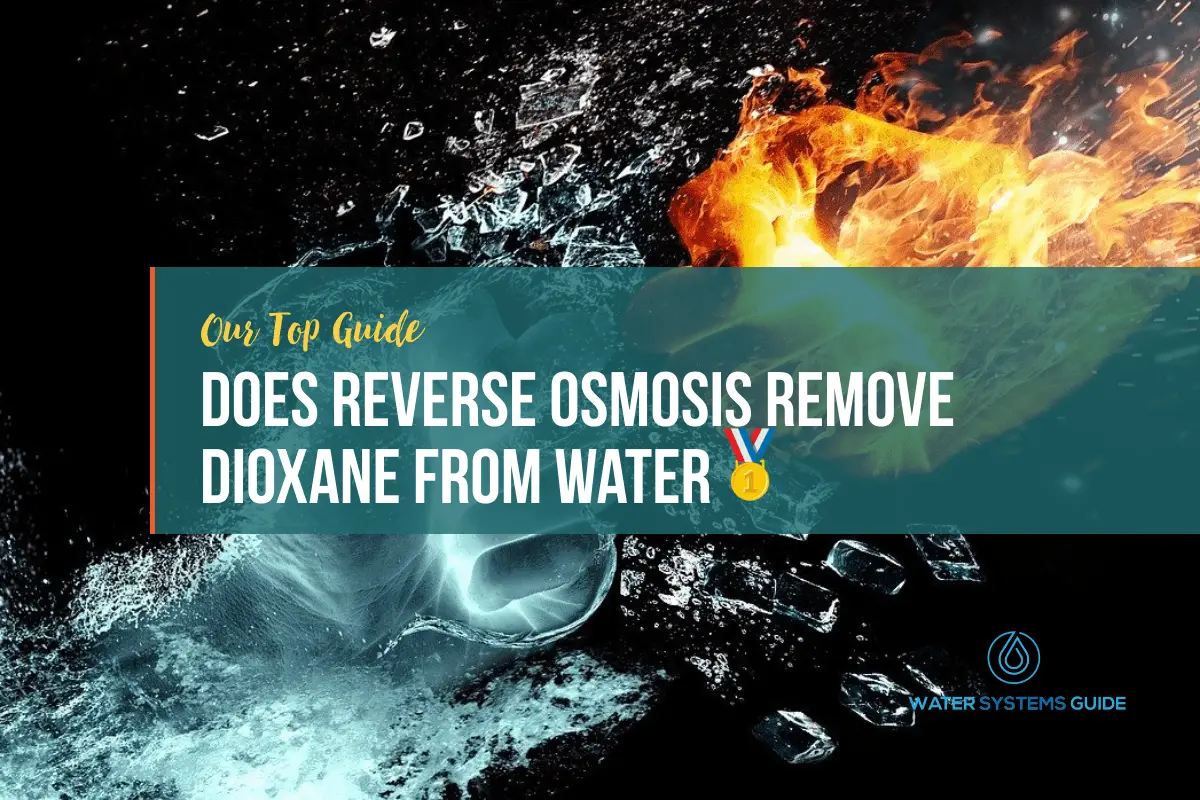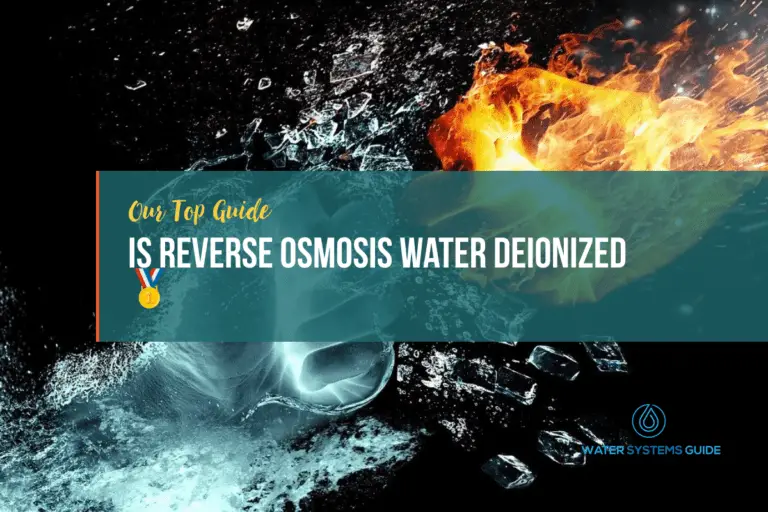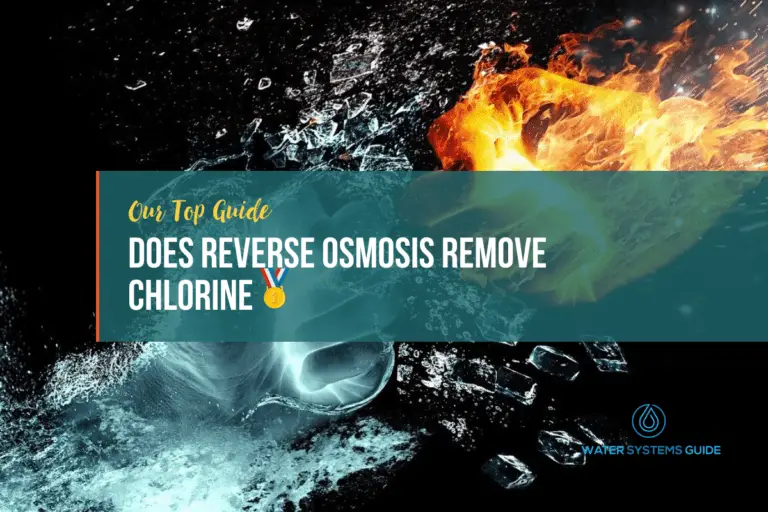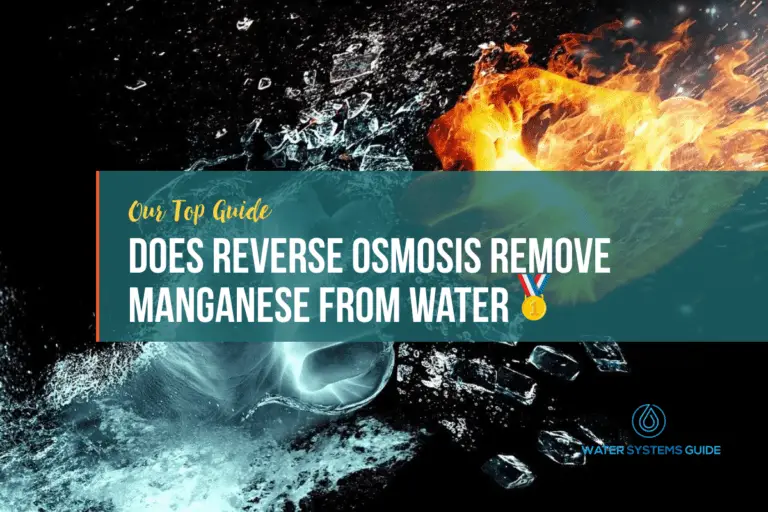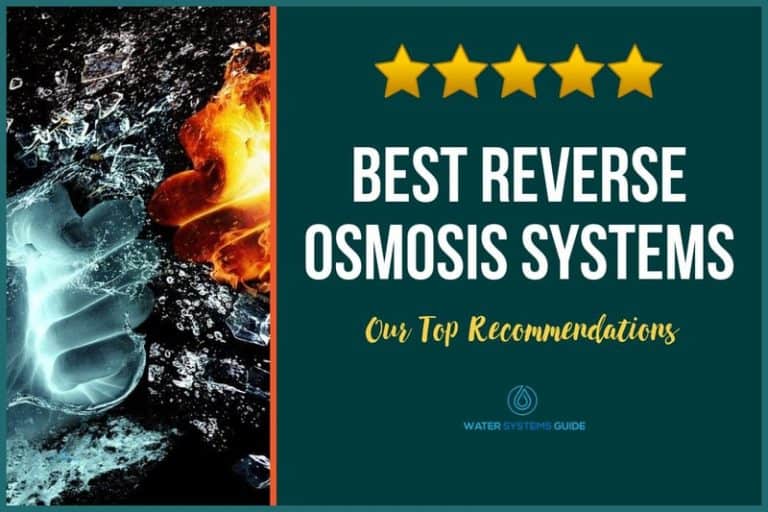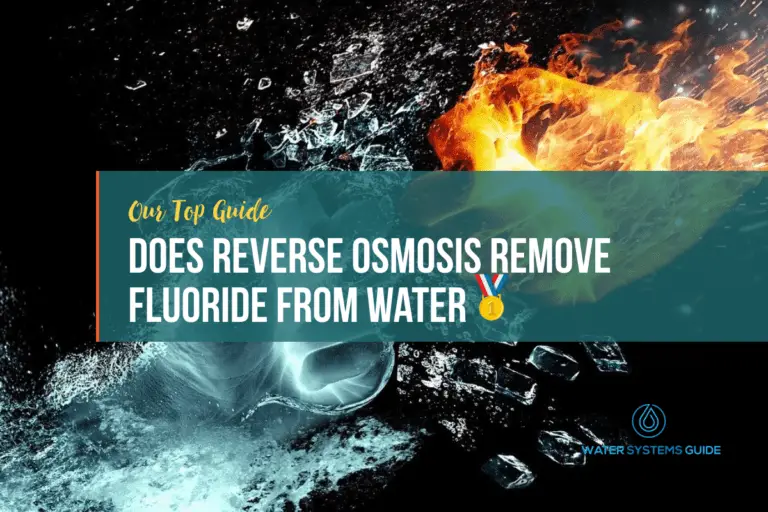Does Reverse Osmosis Remove Dioxane From Drinking Water
In this article we’re going to be discussing whether reverse osmosis is effective at removing dioxane from water.
What Exactly Is Dioxane
Dioxane is a clear, colorless liquid with a faint, sweet odor. It is miscible with water and most organic solvents. Dioxane is used as a solvent in many chemical processes and is also a common ingredient in many consumer products, such as cosmetics, shampoos, and detergents.
Dioxane is classified as a hazardous substance by the U.S. Environmental Protection Agency (EPA) and is known to cause cancer in humans. The EPA recommends that dioxane be treated as hazardous waste and disposed of properly.
How Does Dioxane Get Into Our Water Supplies?
Dioxane is a synthetic organic compound that is used in many industries, including as a solvent and in the production of plastics. It is also a known carcinogen.
Dioxane can enter the water supply through several pathways, including runoff from manufacturing facilities or landfills, and leaching from underground storage tanks or pipelines. Treatment of water contaminated with dioxane can be difficult and expensive.
Does RO Remove Dioxane from Drinking Water?
RO is an effective way to remove dioxane from drinking water. Dioxane is a chemical that can be found in many household products, including cleaning products, and it can be harmful if ingested. RO systems are designed to remove impurities from water, and they are very effective at removing dioxane. If you are concerned about dioxane in your drinking water, you should consider investing in an RO system.
However, it’s important to note that the effectiveness of RO (reverse osmosis) in removing dioxane from drinking water can vary depending on a number of factors, including the specific type of RO system being used and the quality of the water being treated.
With that being said, in general, RO systems are effective at removing dioxane from water, making it safe to drink.
How to test your water supply for Dioxane
If you are concerned about the possibility of dioxane contamination in your water supply, you can have your water tested by a qualified laboratory. You will need to provide a sample of your water, and the laboratory will use special analytical methods to determine the level of dioxane present, if any.
Once you have the results of your water test, you can compare them to Environmental Protection Agency (EPA) standards to see if there is cause for concern.
Alternatively, you can hire a professional, who will take care of the entire process, as well as advise you about whether water treatment is necessary.
What else does reverse osmosis remove from water?
Alternative Methods Of Removing Dioxane From Water
According to a well-known study that was published in the journal Water Science & Technology, filtration systems that use granular activated carbon (GAC) can reduce 1,4-dioxane levels by about 50%, and those that combine GAC and reverse osmosis can do so by up to 96%.
Therefore, we can see that RO combined with GAC is highly effective.

